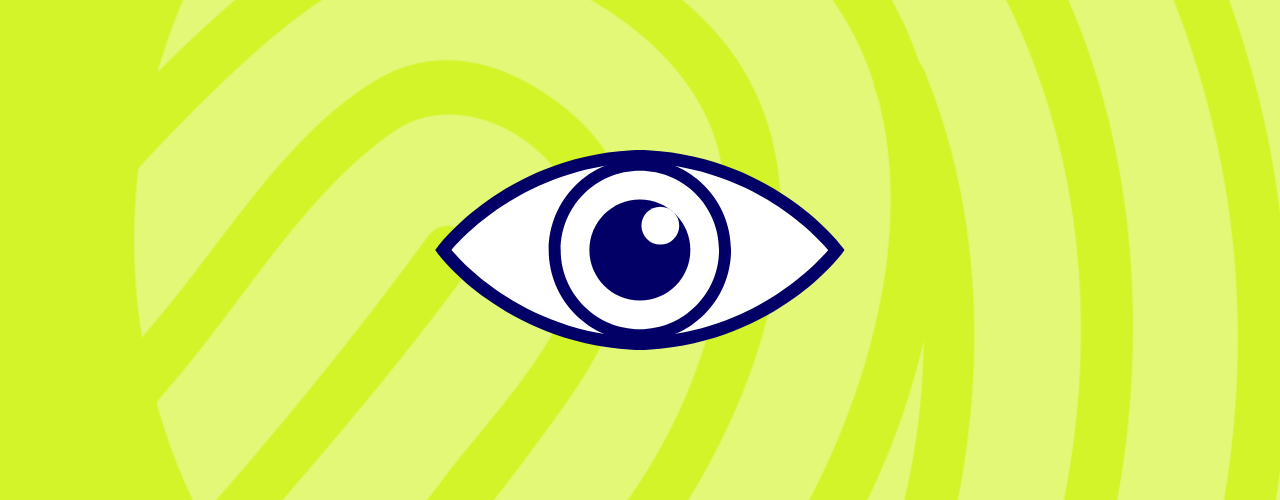Login
Your link will open in a new tab
If this has not happened, please click here
If this has not happened, please click here

In office environments, employees are spending longer hours in front of computer screens. While this digital shift has increased workplace efficiency and connectivity, it has also led to a common yet often overlooked health issue: eye strain, also known as digital eye strain or computer vision syndrome.
Eye strain occurs when your eyes get tired from intense use, typically after prolonged screen time or exposure to harsh lighting. It’s not usually a serious condition, but it can be uncomfortable and affect productivity and well-being.
Several workplace habits and environmental factors contribute to eye strain, including:
If it is not addressed in the workplace (or beyond), eye strain can pose a number of risks:
Fortunately, there are several easy and effective strategies to reduce and prevent eye strain in the workplace:
Every 20 minutes, look at something 20 feet away for at least 20 seconds. This helps relax your eye muscles and reduces fatigue.
In addition to short eye breaks, you should encourage employees to get up away from their desks and move around every hour. This will benefit both their eyes and their bodies in general.
Blinking moisturises your eyes. When staring at a screen, you are likely to blink less. Be conscious of blinking, and drink plenty of water throughout the day.
Specialised lenses can reduce glare, filter blue light, and improve focus. It’s important to talk to your optometrist about options tailored to your needs. As an employer, it’s equally important to spread awareness of this preventative measure.
Dust and fingerprints can reduce clarity and increase glare, forcing your eyes to work harder; for this reason, it is important to ensure screens are kept clean.
Eye strain may seem like a minor inconvenience, but over time, it can have a significant impact on comfort and productivity at work.
oneSAFE provides businesses with a platform to share key Health & Safety guidance along with the ability to schedule Health & Safety checks, such as DSE assessments, to ensure workstations are optimised to allow employees to work safely.
To discuss your Health & Safety needs or to learn more about how oneSAFE can support the safety of your people, contact the team today:
Email: contact@onehrsoftware.com
Find us on Instagram: @oneHR_